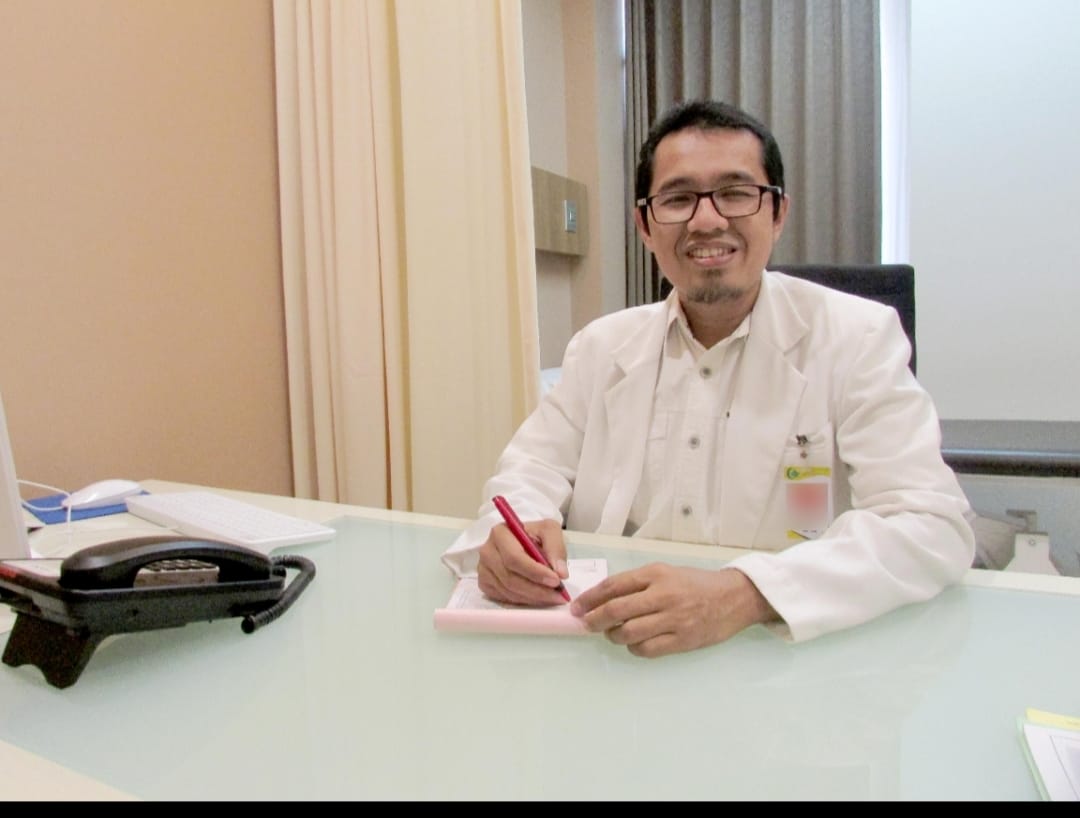UNAIR NEWS – The increasing number of Covid-19 patients has made isolation rooms in many hospitals full. As a result, many patients are self-isolating in their homes.
As we all know, self-isolation is carried out for 7 to 10 days for those asymptomatic and 14 days for those with mild symptoms, with no symptoms in the last three days. So how should self-isolation be done?
There are at least four things that must be met during self-isolation, according to a lecturer at the Faculty of Medicine (FK) Universitas Airlangga (UNAIR), dr. Arief Bakhtiar, Sp.P.
Regular evaluation
In an interview with the UNAIR News team, Arief explained that evaluation is very important while undergoing self-isolation. Evaluation can be done by monitoring body temperature and measuring oxygen saturation in patients.
“If in the next 2 to 3 days the symptoms get worse, don’t continue the self-isolation, go to the hospital immediately,” said Arief on Tuesday, July 12, 2021.
Provide adequate facilities
Furthermore, Arief also emphasized that the residence or house is in good condition for self-isolation. At least there is a separate room for patients. “It’s even better if there are two bathrooms, so one of them can be used specifically for sick patients,” he said.
Furthermore, said Arief, ideally, a room should have good ventilation such as windows. Meanwhile, an air-conditioned closed room will further increase the concentration of the virus in the air.
Always apply health protocols
Meanwhile, according to the Pulmonology and Respiratory Medicine specialist, all household members are required to strictly carry out health procedures during the self-isolation period, including wearing a mask at all times.
In addition to masks, disinfection also needs to be done in places often touched, such as doors, fences, and tables. The food should be delivered. He also suggests using disposable cutlery.
If the patient is elderly, said Arief, they will need treatment from others. He suggested that the caretaker is a person who is truly healthy.
“Because this caretaker is already in heavy contact, then she must undergo the isolation process as well,” he stressed.
Contact medical facility
Finally, before self-isolation, make sure the patient or family has contacted medical personnel or health facilities, so, if at any time the patient’s condition worsens, can consult with the medical personnel.
On the other hand, Arief said, self-isolation does not mean to be completely isolated. Face to face with family members can still be done. However, the distance must remain at least 2 meters apart.
“It’s important to realize that you shouldn’t force yourself to do self-isolation. If there is a deterioration, yes, you have to go to the hospital or try to get help from the medical experts,” he stressed, closing the interview. (*)
Author: Erika Eight Novanty
Editor: Khefti Al Mawalia





